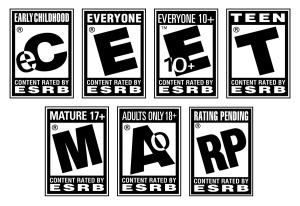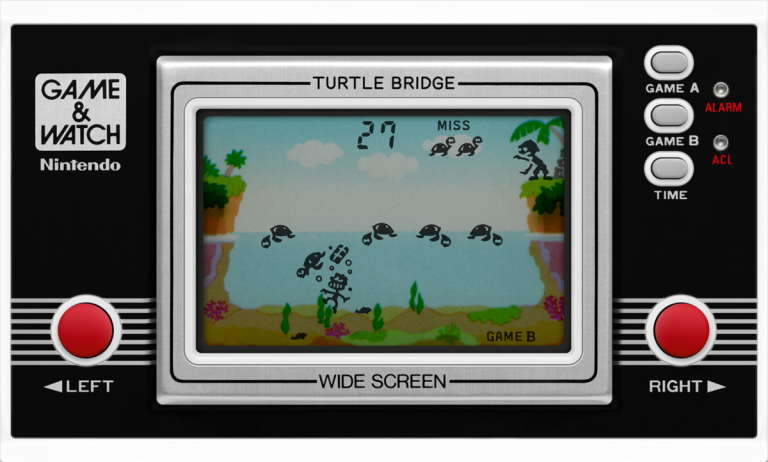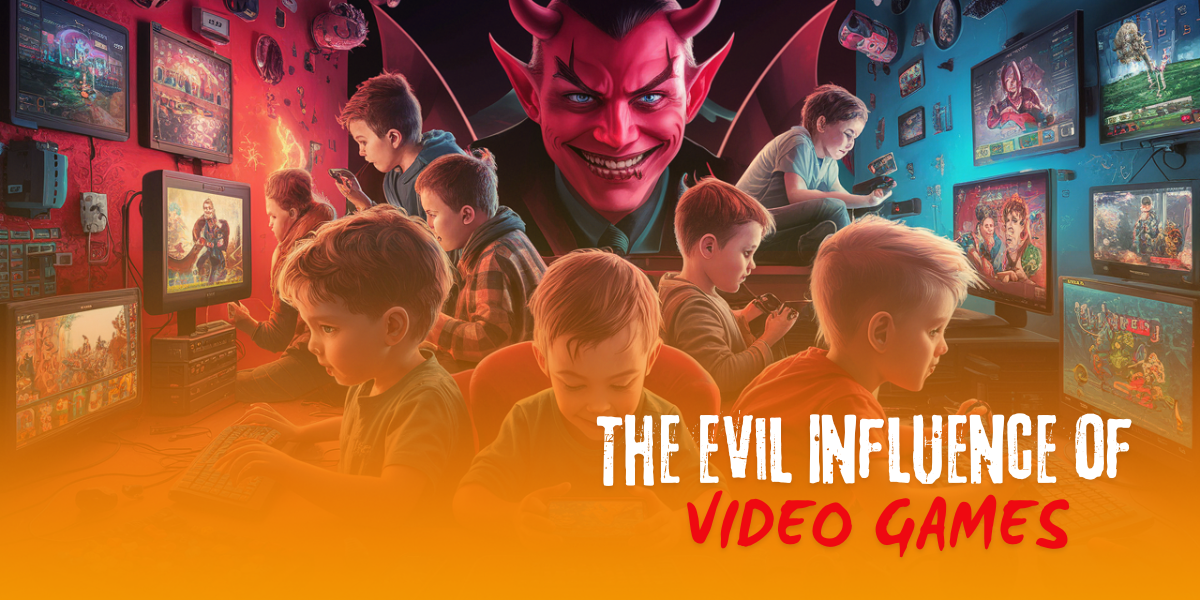Are Video Games the Villain or the Unsung Hero for Kids and Society?
Recently, someone tagged me on Facebook to watch a video interview in which the guest heavily criticized games like Fortnite and PUBG, calling them harmful to children. As a game developer, this perspective made me reflect on it and write this blog post.
Firstly, it’s important to recognize that video games, like movies, books, or magazines, come in various genres and cater to different audiences. Just as we wouldn’t let a six-year-old watch a rated-R movie or read an adult-themed book, we shouldn’t allow them to play games unsuitable for their age. The gaming industry has long provided rating systems, such as ESRB and PEGI, to help parents make informed choices about what games are appropriate for their children.


It’s crucial to understand that not all games are harmful to kids. Many educational games are designed for young children, helping them develop cognitive, problem-solving, and social skills. When chosen wisely, these games can be incredibly beneficial.
Accessibility is another important factor. Today, games are more accessible than ever, which can be both a blessing and a curse. This increased accessibility means that parental involvement is more important than ever. Parents must know their children’s games and ensure they are age-appropriate. If a game like Fortnite is rated for teenagers, a six-year-old shouldn’t be playing it. The rating systems exist for a reason, and adhering to them is essential.
Recently, someone tagged me on Facebook to watch a video interview in which the guest heavily criticized games like Fortnite and PUBG, calling them harmful to children. As a game developer, this perspective made me reflect on it and write this blog post.
Firstly, it’s important to recognize that video games, like movies, books, or magazines, come in various genres and cater to different audiences. Just as we wouldn’t let a six-year-old watch a rated-R movie or read an adult-themed book, we shouldn’t allow them to play games unsuitable for their age. The gaming industry has long provided rating systems, such as ESRB and PEGI, to help parents make informed choices about what games are appropriate for their children.
It’s crucial to understand that not all games are harmful to kids. Many educational games are designed for young children, helping them develop cognitive, problem-solving, and social skills. When chosen wisely, these games can be incredibly beneficial.
Accessibility is another important factor. Today, games are more accessible than ever, which can be both a blessing and a curse. This increased accessibility means that parental involvement is more important than ever. Parents must know their children’s games and ensure they are age-appropriate. If a game like Fortnite is rated for teenagers, a six-year-old shouldn’t be playing it. The rating systems exist for a reason, and adhering to them is essential.

Growing up in the 1980s, my parents monitored what games we played, whether they were simple Game and Watch titles like Ball or Turtle Bridge or more complex PC games like Doom or Red Alert as we grew older. They would join us to see what we were engaging with and help us purchase games on cartridges or discs at that time. As a game developer, I ensure my games go through a rating process to reach the appropriate audience. One-sided criticism from those unfamiliar with the industry often overlooks the safeguards and ratings we have in place.
Moreover, games have proven valuable in various fields, from assisting people with disabilities to enhancing learning in schools and universities. Professors, doctors, and educators have used games to address challenges and facilitate learning. For instance, during the COVID-19 pandemic, our collaboration with organizations like the World Health Organization allowed us to deliver critical health messages to millions of players. Through partnerships with companies like Zynga, we promoted public health measures, demonstrating the games’ positive impact.
Some games promote gender equality, raise awareness, and encourage physical activity by gamifying sports and exercise. Many educational games and augmented reality products, like those based on the popular Arabic children’s book series Adam w Mish-Mish, offer valuable learning experiences for kids.
Or Oddbods Live Coloring Books allow children to interact with their favorite cartoon characters while also helping to develop their motor skills.

.jpeg?bwg=1635515936)
We must acknowledge that, like any medium, games have positive and negative aspects. The focus should not solely be on the negatives or our failures as parents and adults to manage what our kids are playing. It is unjust to blame the gaming industry or developers for these issues. Numerous studies, including those from the World Health Organization and various universities, have varied in their conclusions about the impact of games. Often, initial criticisms are later retracted when a more balanced view emerges.
While there are valid concerns about certain games being inappropriate for children, it’s important to recognize the diversity within the gaming world. Many positive, educational, and age-appropriate games can greatly benefit children. The key is responsible use and active parental involvement. By understanding and utilizing the rating systems, parents can ensure their children enjoy the positive aspects of gaming without being exposed to unsuitable content. Let’s move away from a non-expert viewpoint that focuses solely on criticism and instead acknowledges the multifaceted role of games in our lives.
